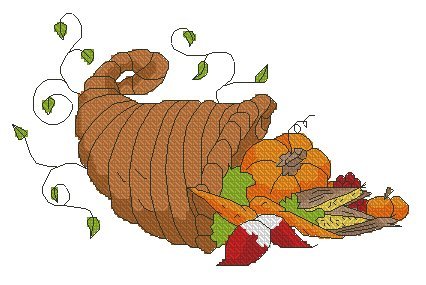As a creator or business, there is nothing more satisfying than seeing an army of fans show up to support your brand.
Such fans are a blessing. And if you want to strengthen the bond you have forged with them, creating and selling merch should be at the top of your priorities list.
Merch (short for merchandise) gives your fans a chance to connect with you and advertise their devotion to anyone who’s paying attention.
Whether it’s tees, backpacks, posters, or coffee mugs, merch makes your brand a part of people’s lives while creating a new revenue stream through product sales.
So where do you begin and how do you get your merch in front of different audiences?

Don’t wait for someone else to do it. Hire yourself and start calling the shots.
Selling merch under a sub-brand vs. your own brand
When creating your merch strategy, you’ll have the option to decide whether to launch a sub-brand or sell under your existing brand.
With a sub-brand, you can attract an audience beyond your existing products and content. And while sales might be slow in the beginning, you’ll lay the foundation for a distinct brand that complements the growth of your core business.
Famous YouTuber turned professional boxer Logan Paul practices this strategy by selling clothing under a sub-brand called Maverick Clothing.
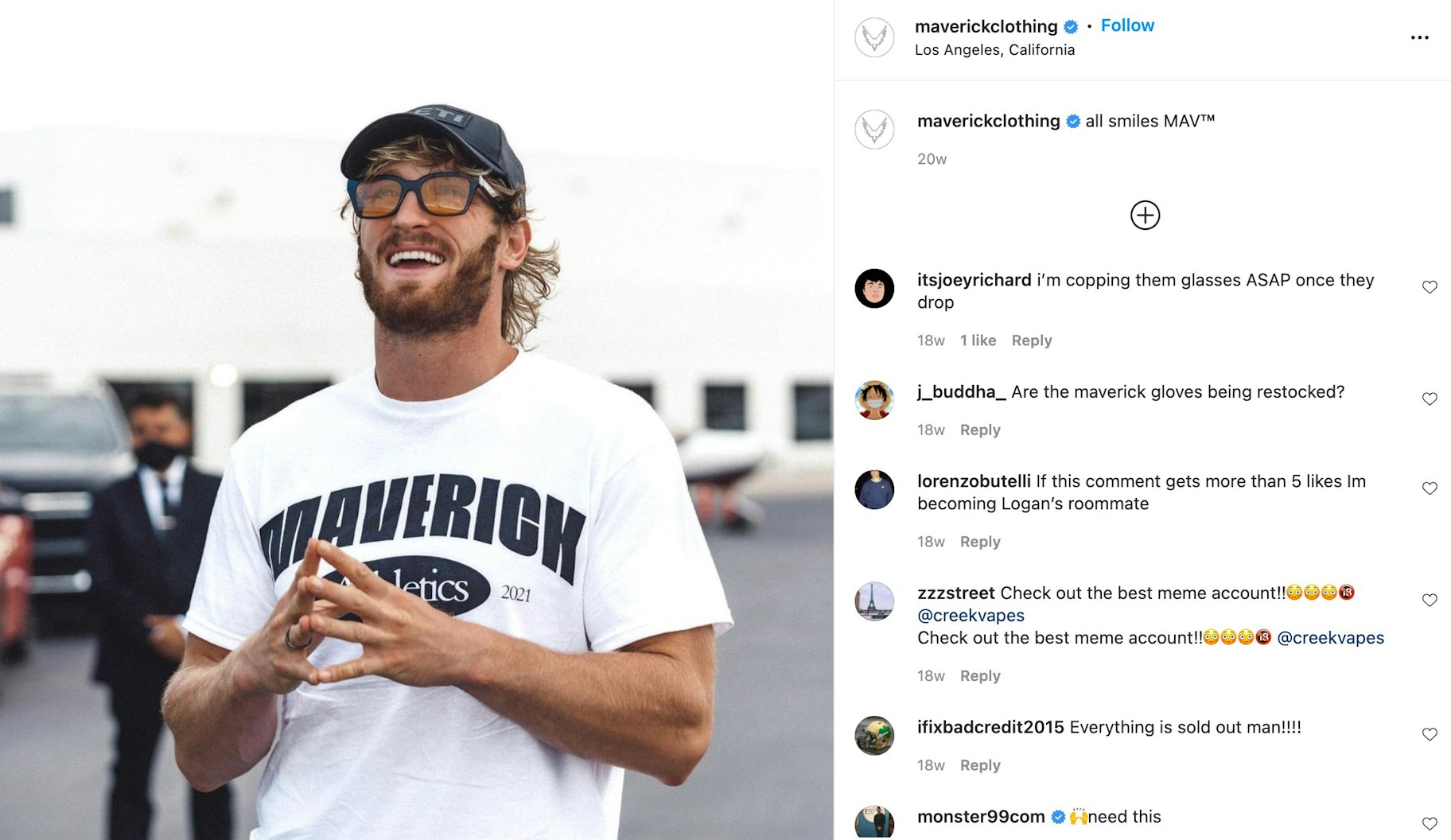
Alternatively, you can leverage your existing brand by plugging your merch into your content. For instance, you can integrate products into the posts shared on your Instagram feed, with items tagged to make the posts shoppable.
How to create your own custom merch
Creating merch can be as simple as putting your brand’s logo on a t-shirt. But there’s a systematic approach you can take to produce merch that appeals to your brand’s current audience—and even some customers you haven’t yet reached:
1. Learn about your audience
The first step is to analyze how fans typically interact with your brand. Are they most active on Twitter, Instagram, or TikTok? If you usually get engagement on TikTok, you can assume that most of your fan base comprises millennials and Gen Z.
You can then design merch for this audience based on their traits and shopping habits. Even better, why not ask them about what they’d actually buy? You can poll them through Instagram Stories, Facebook groups, or even email if they’re on your list.
Asking your audience for feedback also has the advantage of making them feel like they’re a part of the process and the merch you eventually create.
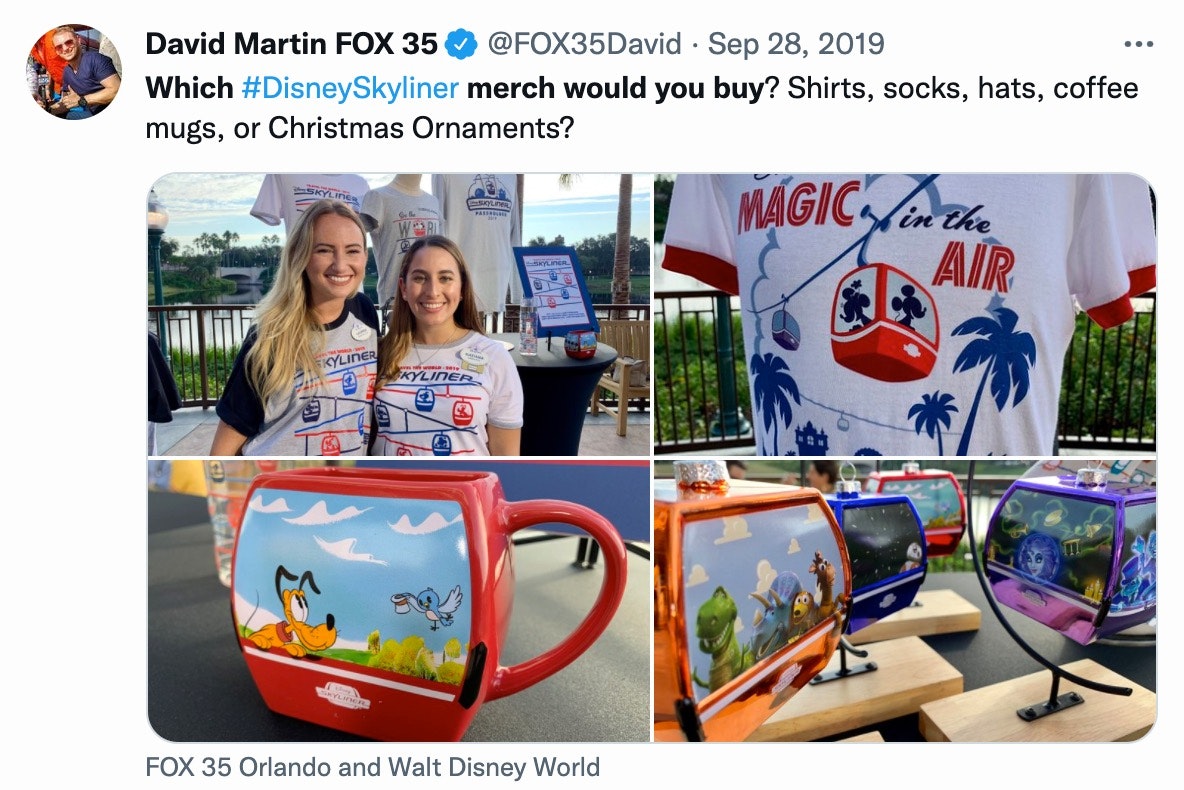
2. Brainstorm cool merch ideas
Now that you have an idea of what your fans want, you can move on to creating merch that will appeal to their tastes. At this stage, your creative ability will determine how successful you are in producing merch that people love.
While it’s possible to get traction by just selling hoodies and t-shirts, creating and selling unique merch is a great way to freshen things up and stand out in your space.
Some merch ideas:
- Tote bags: Both functional and convenient in the age of banned plastic bags.
- Notebooks: Great for creative or professional followers.
- Blankets and throws: For cozy relaxation at home.
- Patches and stickers: Let fans show their support no matter where they go.
- Keychains: Affordable to make and practical for your followers.
- Tank tops: A good option your audience can wear in the warmer months.
- Coffee mugs: Gives followers a fun way to kick start their day with your brand in their mind.
- Phone cases: Help people secure their devices while giving your brand a boost.
3. Design and mock up your products
This is where it gets exciting. Designing your merch is a great way to exercise your creative impulses while making something your audience will love. You can check out websites like 99Designs and Dribbble for ideas and inspiration.
When it comes to the actual design, you can use software like Adobe Photoshop to create your graphics. The tool lets you integrate vectors into your design, which is required for screen printing and embroidery. However, they have a learning curve and might not be the best option for those with a busy schedule.
Fortunately, you can always hire a merch designer from Upwork or Fiverr. But when taking this route, keep the following tip in mind:
- Create a mood board. Mood boards filled with curated inspiration, examples, and references to help give your designer a head start on your merch.
- Clearly explain what you want. Communicate what you’re looking for as clearly as possible, using subsequent revisions with your designer to improve the finished look.
- Offer context. Share your user profiles to help your designer understand what kind of customers they’re designing for. Offering any brand guidelines may also help the designer make relevant merch.
Once you’ve got your designs, use a print-on-demand app like Printful to create mockup versions of your products. You can share these mockups with your fans and ask for feedback. Doing so will help you validate your merch ideas while making your fans involved in the process.
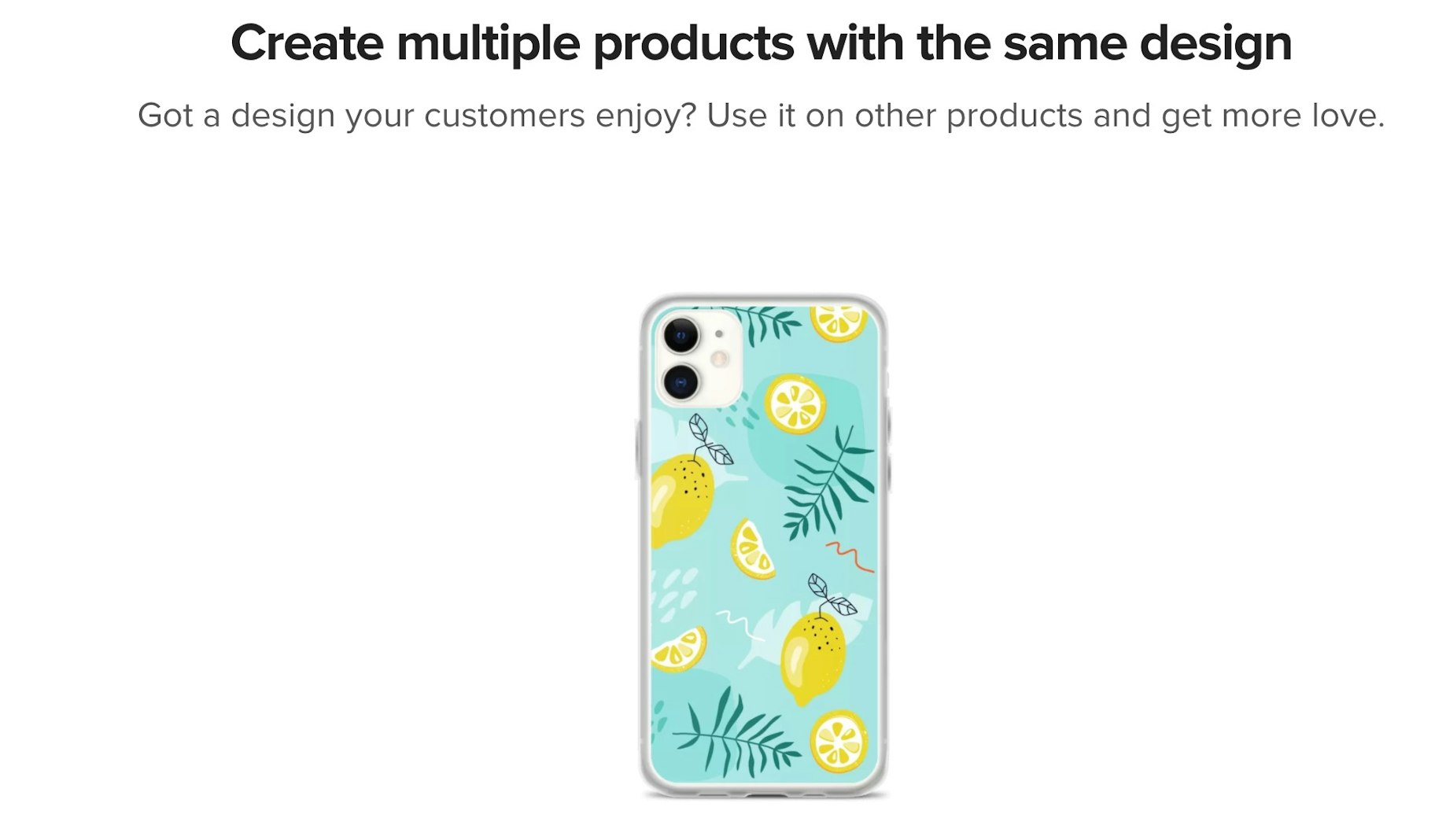
4. Find a manufacturer or print-on-demand partner
With your designs finalized, you can start thinking about how you’re actually going to produce your merch. Popular options include:
Print on demand. This strategy allows you to automate production, shipping, and fulfillment with minimal risk and cost for your brand. The downside is that you’ll have limited products and customization options, depending on the provider you choose.
Make from scratch. You can find a manufacturer for the specific merch you want to sell, share the design with them, and get the product made. Naturally, this option offers more flexibility to create the exact item you envision. But it is capital-intensive and requires more work on your part.
If you select the print-on-demand option, Shopify integrates with several popular print-on-demand services. While each service has its own catalog of products, they generally allow you to create phone cases, sweatpants, and other popular merchandise. The best part is most services work on the dropshipping model, meaning they only charge for the products when a customer orders.
That said, it’s always good to inspect quality before you start selling. Images and typography might look one way on your computer screen, but may show up differently in person. You can order samples of the merch you’re interested in to check its quality before promoting it to your audience.
How to sell your merch
Now that you’ve made your merch, it’s time to get it in front of your existing fans and new customers. Below, we’ll share a few marketing strategies you can use to generate interest in your merch.
Note: Try out one to two strategies, then compare the results to identify the ideal promotional method for your merch.
1. Generate word of mouth
Assuming you already have a fanbase, word-of-mouth marketing is going to be your most effective promotional tool. You can generate word of mouth by encouraging your audience to promote your brand by showcasing themselves using your products.
The easiest way is to run a social media contest asking people to try your products and tag you in their feedback. In return, you can offer a prize that your audience would find valuable, such as free shipping or early access to new products.
You can even create a branded hashtag they could use for the stories and images they upload with your merch. This will help you collect all the activities around your contest in one place, making it easy to track the involvement and results.

2. Leverage your existing channels
While word of mouth is one of the best ways to generate excitement about your merchandise, it’s only one option. You can also improve your chances of making sales by leveraging the various existing channels you have to reach customers.
If you have a merch store on Shopify, you can easily sell your items by integrating your store whenever your followers live. Below are some of the channels you can explore:
- YouTube: Share links to your merch in your cards or video description, with a call-to-action at the end of your video.
- Instagram: Tag your merch in your Stories and posts and point your followers toward your Instagram Shop, if you have one set up.
- Buy button: If you have a blog or website outside of your merch store, you can embed your collections or merch there too.
3. Sell on marketplaces
If you want to access a bigger audience, consider listing your products on a merch marketplace.
A merch marketplace is an ecommerce site that curates products from different creators. Some charge a listing fee, while others work on a commission basis, taking a fee on every sale they bring you. Sites like Represent, Hello Merch, and MerchNow are some marketplaces where you can showcase your products alongside other creators.
Before creating a listing, be sure to check the rules and regulations of the marketplace you want to sell with. Most merch sites have their own terms and conditions for what kinds of products you can sell. Going through this information will also help you understand how commissions work and what percentage of the total sale price is paid out to the seller.
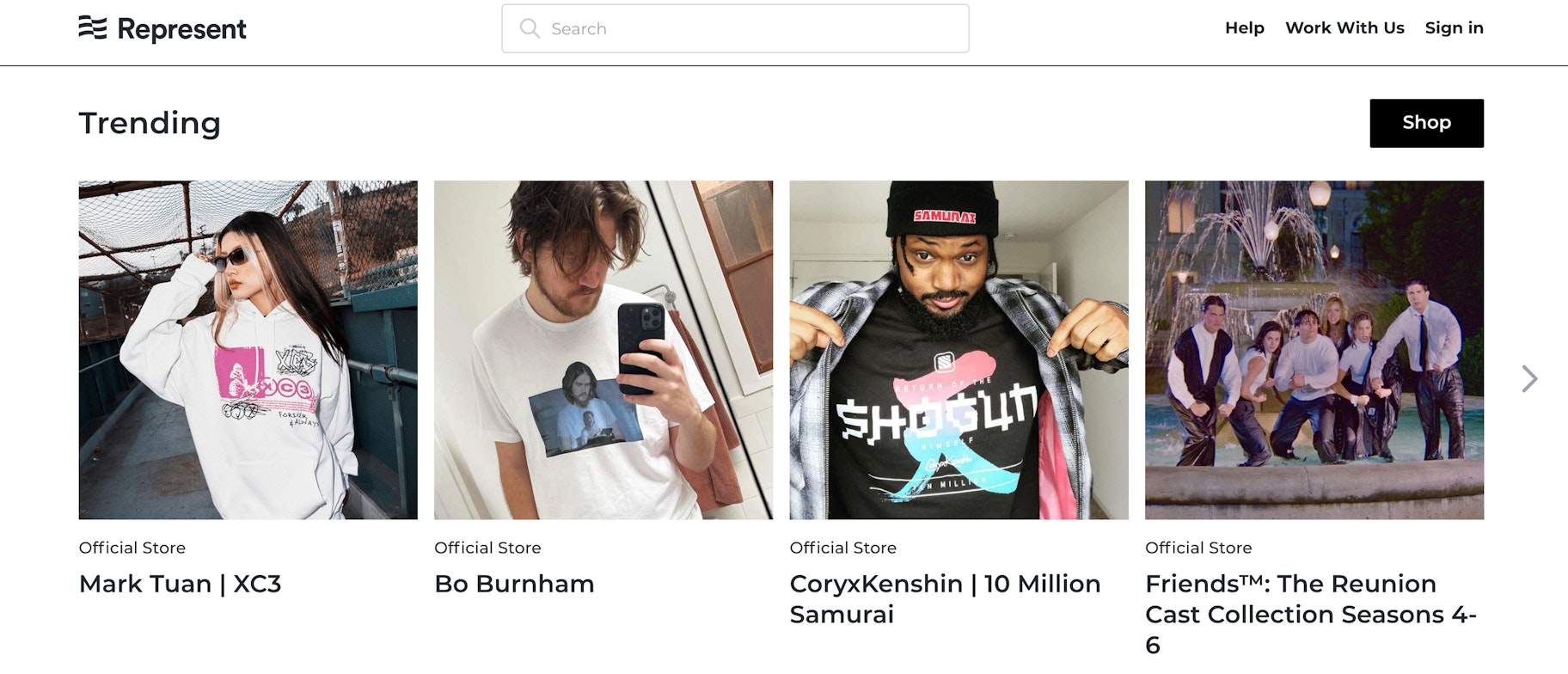
4. Retarget your existing audience
Retargeting lets you promote merch to your existing audience based on specific criteria, such as whether they have already made a purchase or follow your Facebook page. Many digital platforms let you create retargeting ads, including Google, TikTok, Snapchat, YouTube, and Facebook.
To begin retargeting, install the advertising pixel of your desired platform on your website (here’s how to do it for Facebook). Some platforms also accept customer emails to build an audience of fans to retarget. Once you have a custom audience at your disposal, you can retarget them with ads featuring your merch to get engagement and sales.
Give them something to talk about
Good merch comes in all shapes and sizes. It can be functional or just cool to look at. No matter what merch you choose to connect with your audience, consider who they are, what they like about your brand, and which items they might be most interested in buying.
When you choose the right merch, you’re not only giving your fans something to remember and support you—you’re also raising awareness for your brand and constantly generating new revenue.
Everybody wins.
Want to learn more?
- How to Start a Drop Servicing Business: A Complete Playbook for 2022
- The Ultimate List of The Most Popular Online Business Ideas
- How to Make Money on TikTok: 7 Best Ways in 2022
- 11 Best Side Hustle Ideas to Make an Extra $1,000 a Month




